A Comprehensive Guide to Museums in Riga
Latvia’s capital, Riga, is not only a city of cobblestone streets and art nouveau facades but also home to an incredible variety of museums.
When I first arrived in Riga, I thought its history and culture would mostly reflect Slavic and Eastern influences. However, as I explored the city’s museums, I discovered significant German and Swedish influences as well.
I love museums because they help you understand why locals are the way they are. For example, Latvians see it as very rude to ask someone about their work or relationship status. I can’t be sure why this is, but learning about the presence of KGB agents during the Soviet era gives some context.
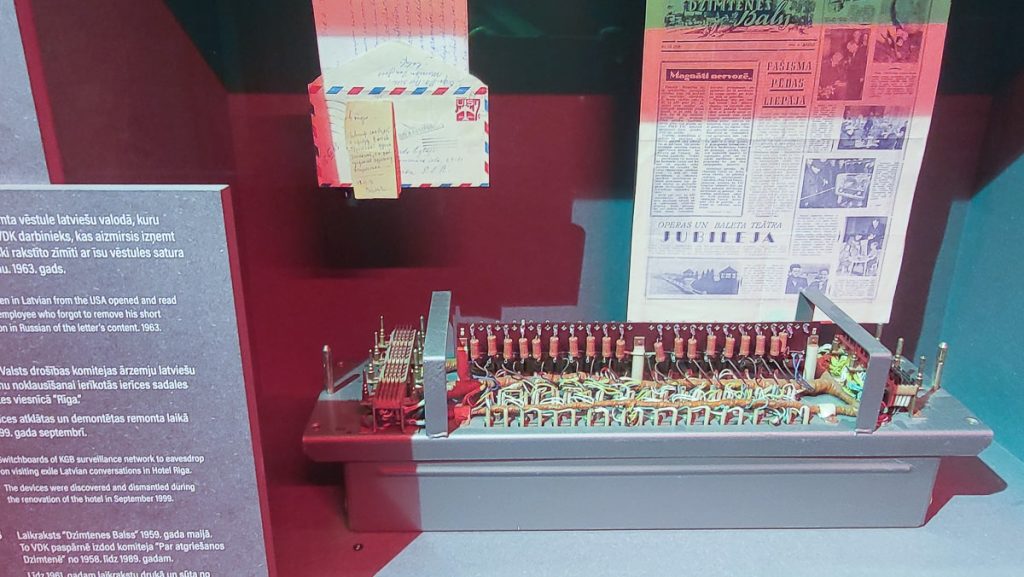
Museums in Riga do an amazing job of connecting the past with the present, helping you better understand the people, culture, and identity of this fascinating city.
Here’s your ultimate guide to museums in Riga, covering everything from history to art, medicine, and more!
History Museums
My absolute favourite museums are the KGB and Occupation Museums. If you are feeling too cheerful and looking for a way to spend a day, I can recommend booking a guided tour at the KGB museum and then heading to the Occupation Museum. I think these two places compliment each other perfectly and will definitely leave you feeling good about your own life.
As someone who was born in Finland around the time when the Baltic states were still under Soviet rule, I find these places fascinating – it’s not too far off that Finland could have faced the same destiny!
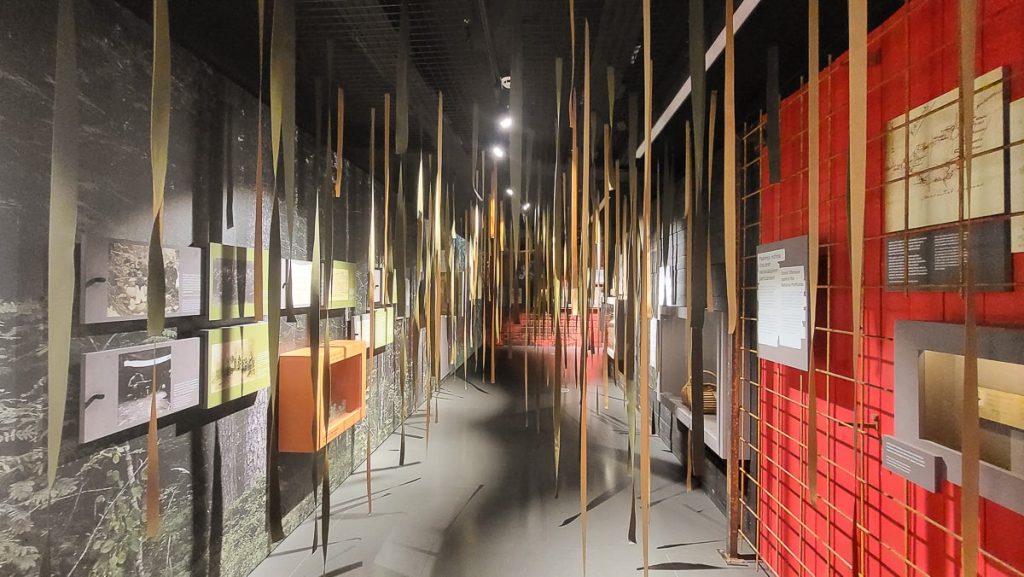
1. Museum of the Occupation of Latvia
The Museum of the Occupation of Latvia tells the stories of how normal people lived during the times foreign countries (USSR and Germany) occupied the territory of Latvia. It also gives you a good idea of how the people thought about and fought for their country.
The museum spans a few decades, so be warned, there is a lot of information. Exhibits include personal accounts, propaganda materials, and a reconstructed gulag barrack. Make sure you reserve enough time to browse through the stories and pictures. I’ve been to the museum twice and each time managed to spend 2,5 hours and still left (because I was getting hungry) feeling like I wasn’t able to take it all in.
The museum ends on a positive note though, telling you the story of how Latvia regained independence and how all this history affects the country today.
Tickets are 8 euro for adults, and you can get a guided tour for 15 euro. Check what days the museum is open though! At least in the winter of 2025 it was closed on Tuesdays and Wednesdays, instead of the usual Monday.
2. KGB Museum (Corner House)
The KGB museum (Stura Maja, or Corner House) is a must-see if you are interested in the communist times. There’s a small exhibition that you can access for free, but booking the guided tour will give you the best overview of what living under the watchful eye of the KGB (or your neighbour, or co-worker, or… anyone, really) was like. They also demonstrate how the quality of life went backwards for regular people, which I found very interesting.
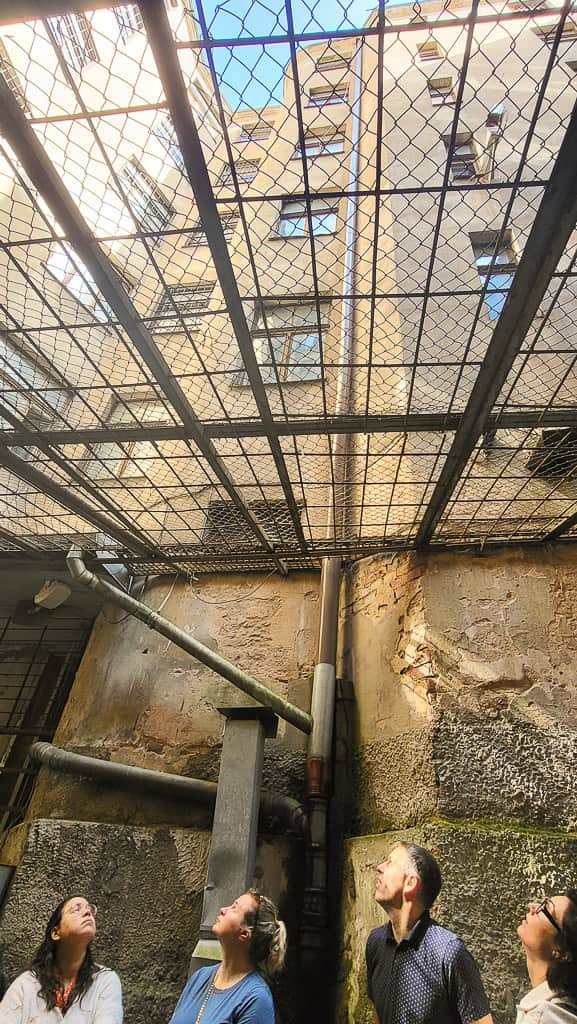
Tickets for the guided tour are 15 euros (in 2025) and you need to book the ticket in advance on their website, because they are often sold out. The guides are experienced and good story-tellers, and will paint a vivid picture of the methods the KGB used, without being too gory. Still, it is not for children, and they won’t take anyone under the age of 12 on the tour.
3. Latvian War Museum
The Latvian War Museum is located in the iconic Powder Tower, a medieval structure that stands as a reminder of Riga’s military past. The museum covers everything from the battles of the medieval period to Latvia’s independence movements and both World Wars.
It’s an excellent stop for anyone interested in military history. The building itself also has an interesting history, as it used to be part of the city’s defensive wall.
4. Riga Ghetto and Holocaust Museum
This museum offers an emotional and thought-provoking look into the experiences of Riga’s Jewish community during the Holocaust. While I’ve already discussed this museum in my earlier post on Riga’s attractions, it absolutely deserves a mention here as well. Learn more about it at the Riga Ghetto and Holocaust Museum.
The museum offers a moving and educational experience, with admission based on donations. If you’re visiting in winter, be sure to dress warmly, as much of the exhibition is outdoors!
You can combine a visit to the area with Riga Central Market, as they are close by.
5. Museum of Riga History and Navigation
Housed in the Riga Dome Cathedral, the Museum of Riga History and Navigation is one of the oldest museums in Europe. It tells the story of Riga’s development as a major trading hub, from its Hanseatic League days to modern times.
I found the Museum of the History of Riga and Navigation to be a mix-and-match of things: anything from pretty ballroom gowns and silverware to miniature sailing ships.
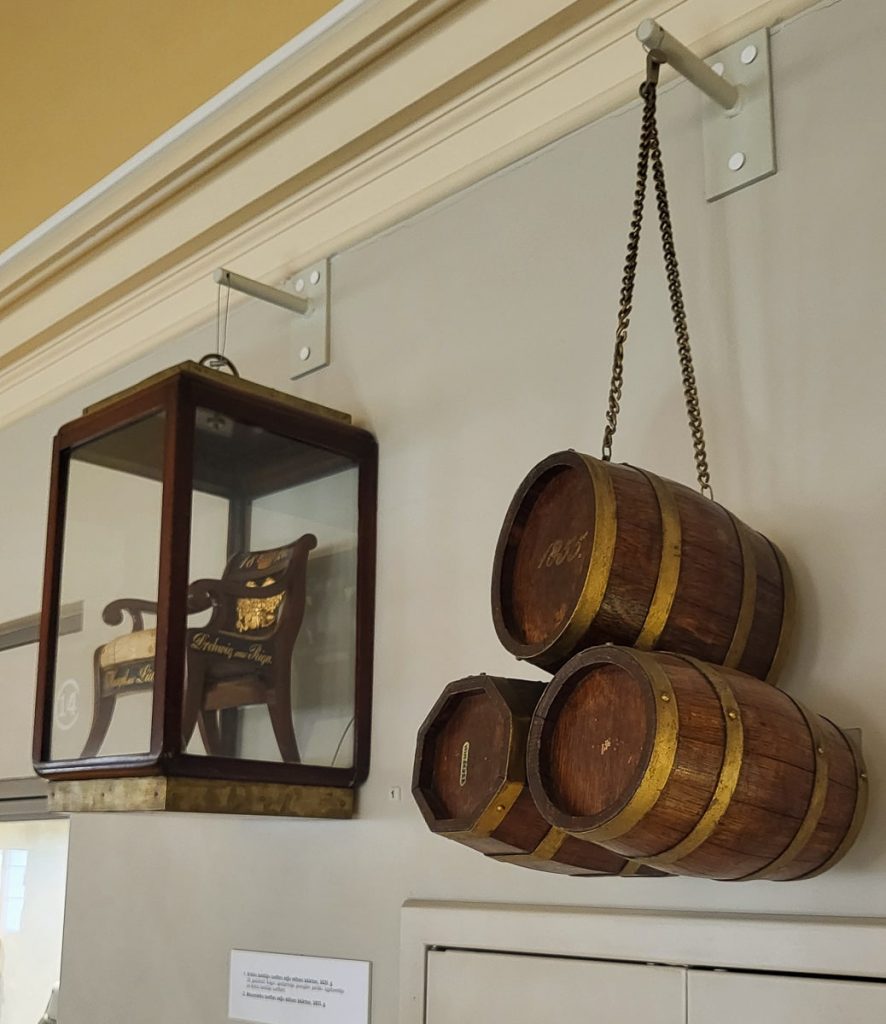
It was one of the first museums I visited in Riga, and I was so confused when the exhibition on the history of Riga just stopped as it got to 1940. I later realised that this period was covered in the Museum of the Occupation, but I’m not sure if it’s intentional or not.
The museum is certainly worth a visit, if you’re interested in how Riga developed from 1201 on and under the different rulers of Sweden, Poland and Russia. You can also find out who the dude standing by the river with a kid on his shoulders is and how he’s related to the history of the city (the original statue is on display here, to protect it from the elements).
Tickets are not too expensive at 5 € for adults in 2025. You might want to set aside at least 2 hours to wander through all the exhibitions.
6. Žanis Lipke Memorial
The Žanis Lipke Memorial is a tribute to the Latvian hero who saved dozens of Jews during the Holocaust. While it’s already featured in my earlier post on what to see in Riga, it’s an essential addition to this guide for anyone wanting a deeper understanding of the city’s history.
7. National History Museum of Latvia
Housed in the historic Riga Castle, the National History Museum of Latvia chronicles the country’s rich and complex past. Its exhibits cover everything from ancient artifacts to Latvia’s fight for independence.
The museum also offers a glimpse into the Latvian governmental “efficiency”. After a fire in 2013, the museum’s reconstruction has been delayed rather often, with the signs announcing its grand reopening being updated each year to promise it will happen the following year. Parts of the museum are open already in 2024, though.
Art and Design Museums
8. Latvian National Museum of Art
The Latvian National Museum of Art is one of the most impressive art museums in the Baltics, featuring over 52,000 works of Latvian and Baltic art. Located in a beautiful historic building, the museum showcases a timeline of Latvian creativity, from 18th-century works to contemporary pieces. Make sure to explore the basement, where you can see the museum’s foundation through glass floors.
In early 2025, even a Golden Globe was on display here: the animated film “Flow” won Best Animated Film and became the pride of the whole of Latvia!
Tip: the Latvian National Museum of Art isn’t just this one building, but also many others around the city!
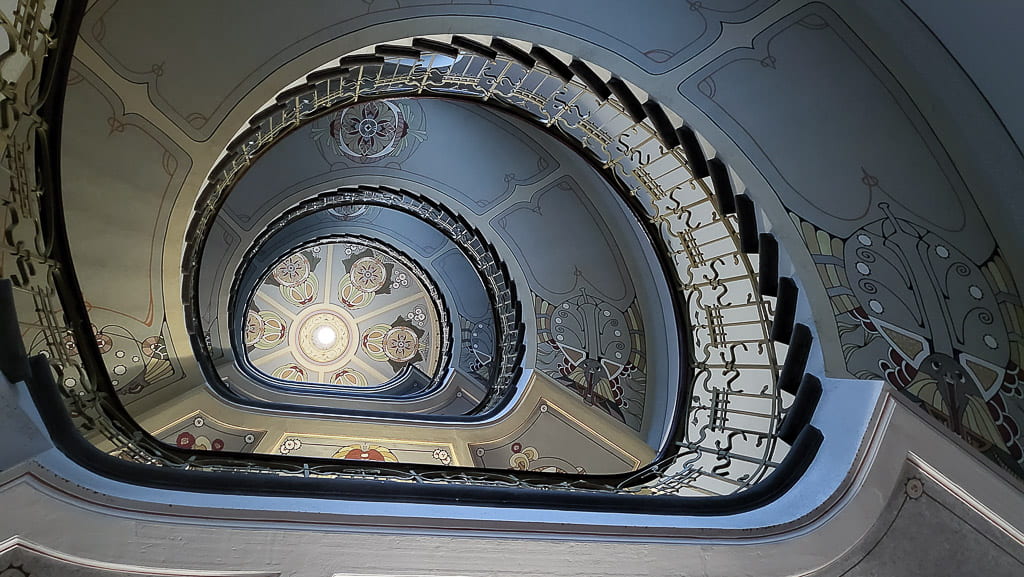
9. Art Nouveau Museum
The Art Nouveau Museum is located in a stunning art nouveau building, complete with its original spiral staircase and intricate decor. Step into this beautifully preserved apartment to experience how people lived during Riga’s art nouveau golden age. Alberta Street, where the museum is located, is also a must-visit for fans of this architectural style.
Ticket pricing depends on the season and what you want to see, so it’s best to check their official website for up to date prices.
Medical Museums
Now, I have no idea why, but Riga is home to an impressive collection of medical museums!
10. Pharmacy Museum
The Pharmacy Museum explores Latvia’s long history of medicine, with herbal remedies, vintage pharmacy tools, and fascinating stories of apothecaries from the past.
11. Anatomy Museum
Located at Riga Stradiņš University, the Anatomy Museum offers an in-depth look at the human body through preserved specimens and historical medical instruments.
This is a must-visit for those curious about science and medicine, but it’s not for the faint-hearted! Especially the lower floor exhibit might be too much for some (you’re not allowed to even take pictures).
12. Pauls Stradiņš Museum of the History of Medicine
The Pauls Stradiņš Museum of the History of Medicine is one of the largest medical museums in the Baltics. The exhibits showcase everything from vintage medical instruments to the evolution of healthcare practices, including our recent “history” with Covid-19.
Cultural and Niche Museums
13. Riga Motor Museum
The Riga Motor Museum is a must-visit for car enthusiasts, showcasing an incredible collection of vintage vehicles, including unique Soviet-era models. Highlights include classic cars from around the world and the legendary GAZ-13 Chaika limousine. The museum’s interactive exhibits make it a fun and educational stop for visitors of all ages.
The museum is a bit away from the city centre, but you can check their instructions on which bus or tram to take.
14. Ethnographic Open-Air Museum
The Ethnographic Open-Air Museum of Latvia offers a fascinating glimpse into the country’s rural past. Located on the outskirts of Riga, this huge outdoor museum features over 100 traditional buildings, including farmhouses, windmills, and wooden churches, all set against a serene natural backdrop.
It’s a perfect escape for history buffs and nature lovers – quite literally as getting there from the city centre will take you at least 45 mins by public transport. The best time to visit is obviously summer, but there’s a lot to see in the winter too (and it’s cheaper).
15. Latvian Railway History Museum
The Latvian Railway History Museum explores Latvia’s railway history through restored trains and interactive exhibits. It’s a great spot for families or anyone interested in how transport evolved in the country.
You can easily combine this museum with a visit to the National Library as they’re right next door to each other!

16. The World of Hat Ethnic Museum
Here’s a museum that I stumbled upon quite by accident: the World of Hat Ethnic Museum offers a unique glimpse into global headwear history, featuring hats from different cultures and eras.
I didn’t get the chance to visit when I saw it, but this just goes to show that you can have a museum for anything! It seems like a very fascinating place.
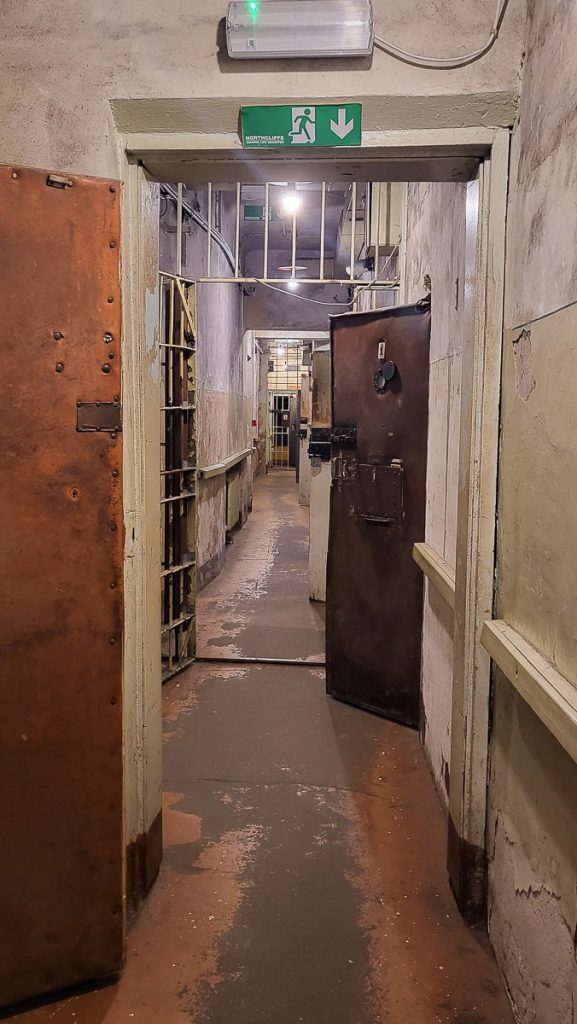
Tips for Visiting Museums in Riga
- Check opening hours: Many museums in Riga are closed on Mondays, so plan your itinerary accordingly.
- Allow enough time: Some museums, like the Occupation Museum or the Riga History and Navigation Museum, have extensive exhibits. Plan for at least 2–3 hours to fully enjoy them.
- Dress appropriately: Museums like the Riga Ghetto and Holocaust Museum have outdoor sections (and the Ethnographic Museum is entirely outside!), so dress warmly in winter.
- Combine nearby attractions: Pair the Latvian Railway History Museum with a visit to the National Library, or explore Alberta Street after the Art Nouveau Museum.
- Look for discounts: Some museums offer free or discounted admission on certain days—check their websites for details.
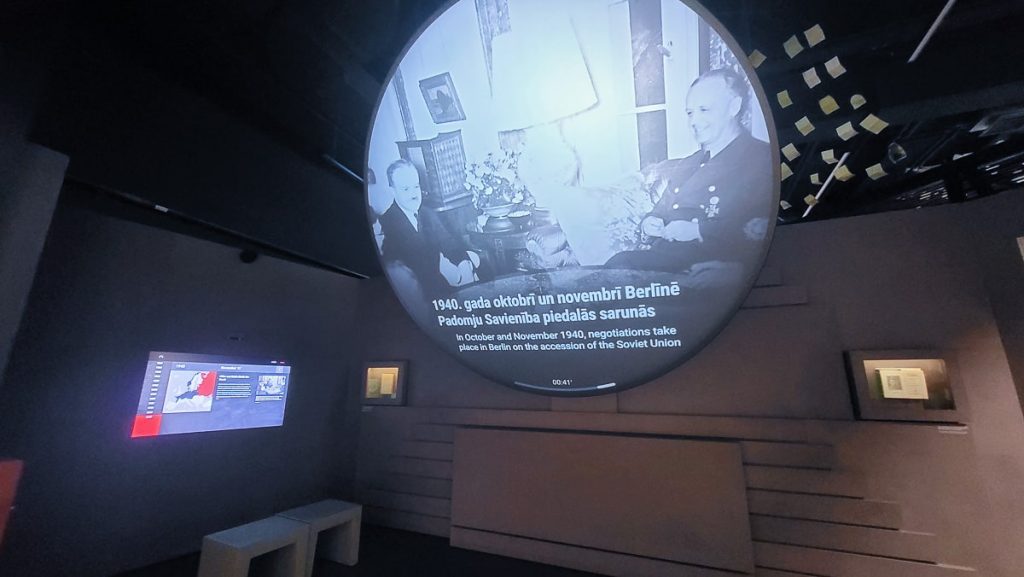
There’re Always More Museums to Explore…
Riga’s museums tell so many fascinating stories, and I’m sure this list is just scratching the surface!
There are probably plenty more places I haven’t come across yet—Riga has a way of surprising you like that. If you stumble on a museum or exhibit that you think should be on this list, drop me a note! I’d love to hear about it (and maybe check it out myself next time).
Want to do more research for your trip to Riga? Check out these posts:
- The Best of Riga: Things to Do, See, and Experience
- A Comprehensive Guide to Museums in Riga
- Why Riga Central Market Should Be on Your Travel Bucket List
- Your Winter Guide to Riga: Christmas Markets, Lights, and More
- Top 3 Hostels in Riga for Adults
- Riga Christmas Market: What to See, Eat, and Do
- Discovering the Best Coffee in Riga: A Surprising Twist
